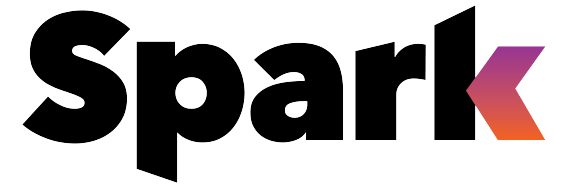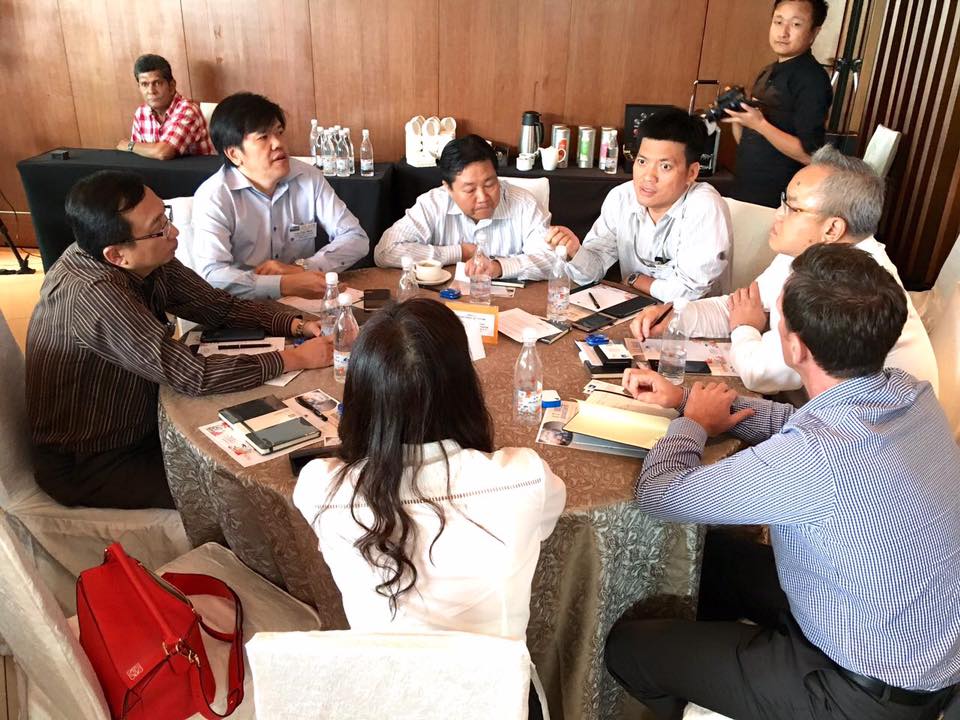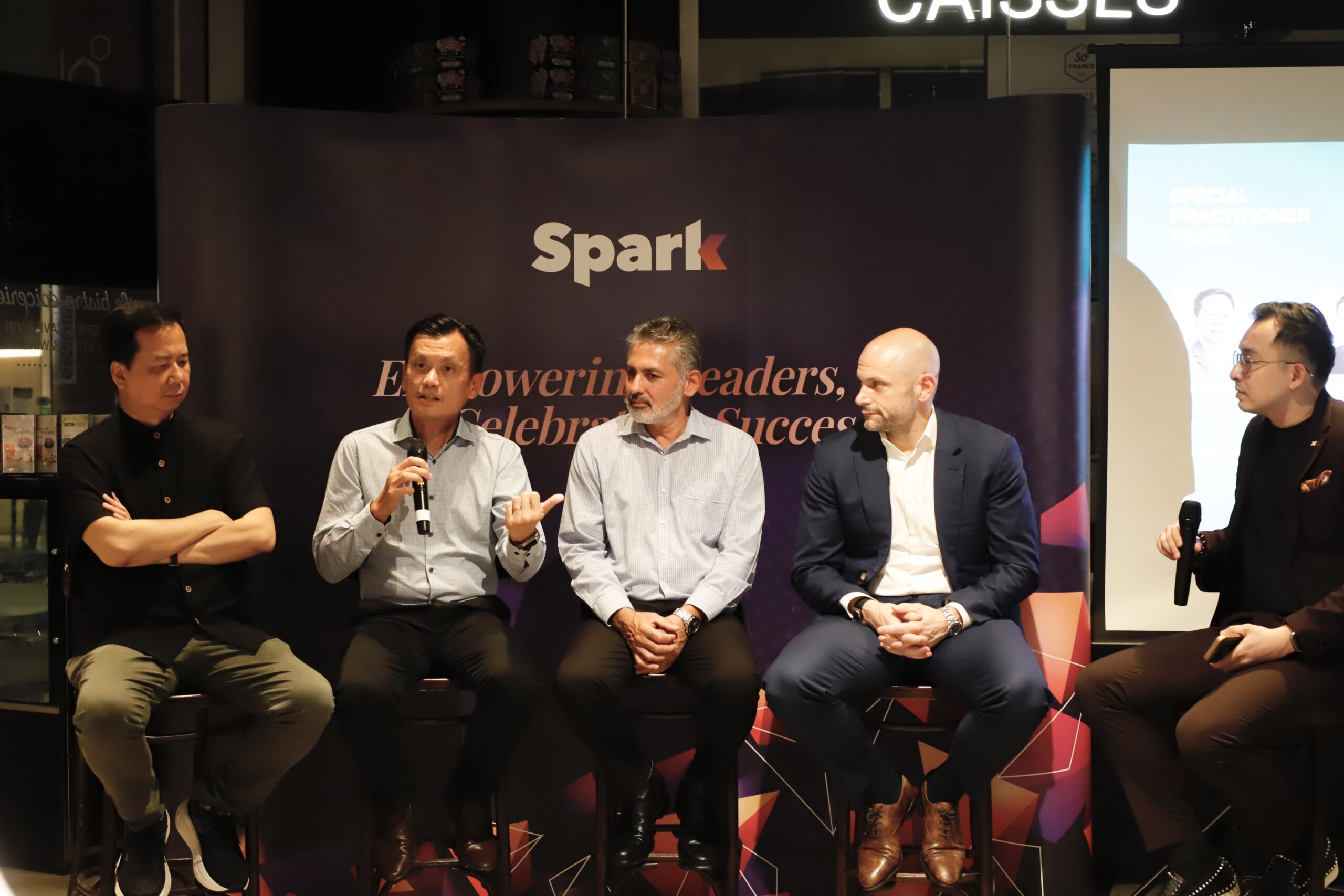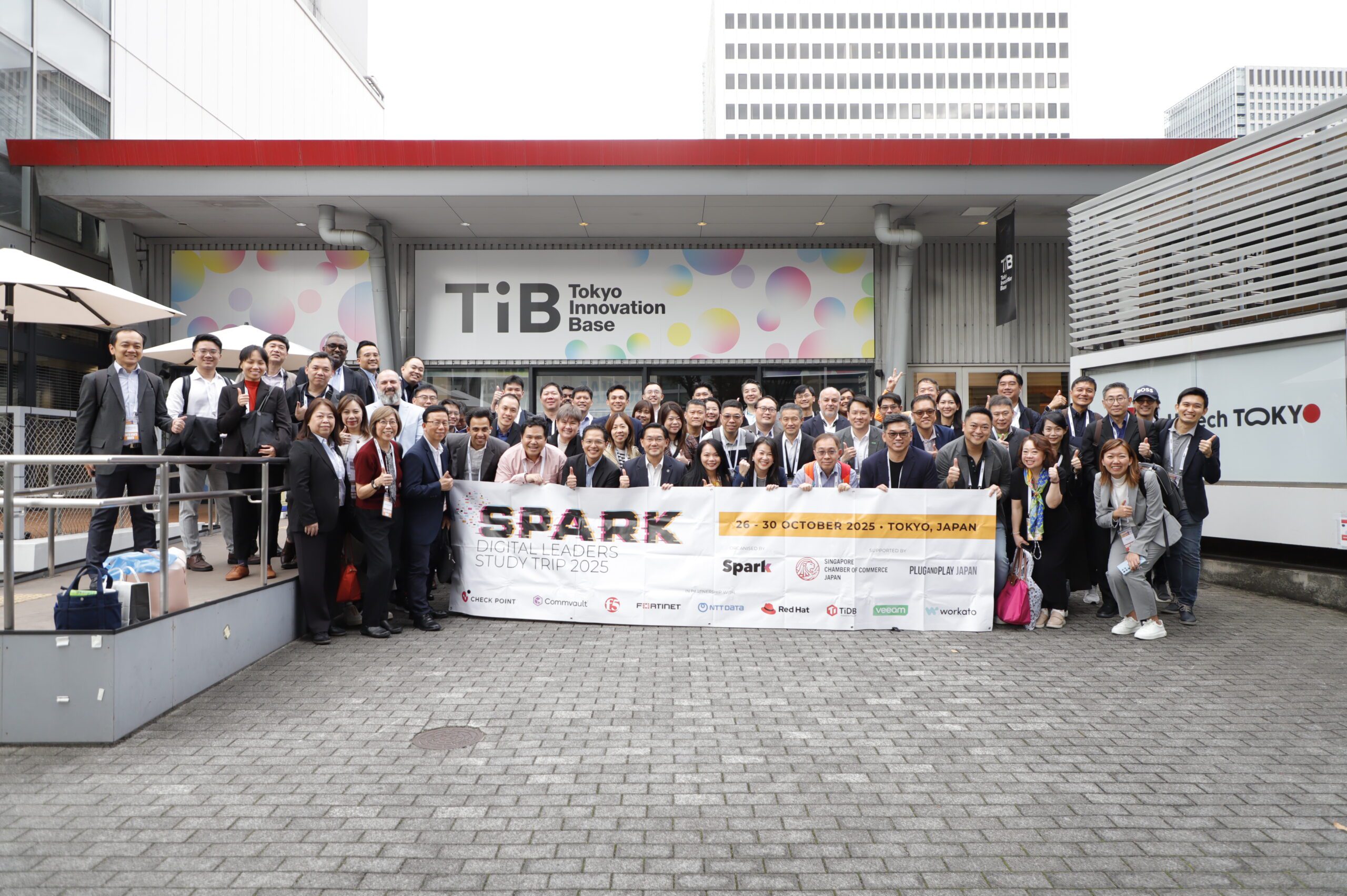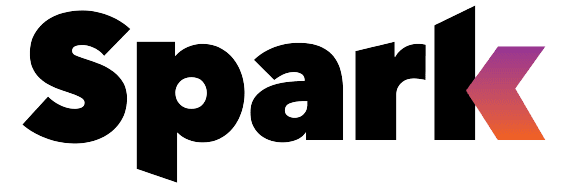1 September 2016
How CIOs can pave the way in enabling business value — better, faster and smarter way!
In many organisations, IT has been, and still is, labelled as the black box of the enterprise. Bridging the communication gap is a a big challenge CIOs need to overcome especially by developing a strong working relationship with the business functions to deliver value.
Kicking off the half-day IT Value Management workshop on 1 September 2016 with more than 30 CIOs was Sushil Chatterji, a veteran consultant in areas of Business Governance of IT, and Enterprise Architecture for Business Transformation.
CIO Academy Asia’s IT Value Management Workshop aims to give CIOs a deeper insight into how they can broaden their scope of influence by adopting new levers, roles and governance practices that go beyond purely technical capabilities with CIOs finding levers where IT and business units intersect. Traditionally, a CIO’s main responsibility involves using standard practices and performance measures to maintain IT’s asset value, CIOs must now instead take on new roles – bridging functional silos – which may take them beyond their comfort zones.
The following points were key takeaways from the workshop discussions:
- IT teams need to collaborate with executives in business units and jointly work on major transformation projects for their organisation
- Statistics clearly show the need for a shift in perspective required from both business users and IT practitioners.
- Quoting a published research, it was pointed out that a typical T. project only fulfils 55% of the planned business value.
- CIOs were encouraged to re-prioritise their organisational goals — placing digital goals above their day-to- day operational roles, giving more focus to cross-functional projects where we could get the biggest value
- CIOs need to also review their people management practices — if CIOs want to seize digital opportunities quickly. “It is really a mindset challenge”.
- CIOs with business backgrounds felt that they were better equipped to empathise with the needs of their end-users. As an example, one of the participants quipped that “Scheduled down-time IS IN FACT, to the business user, down-time!”.
- IT teams should take the end-user perspective when approaching IT
- There are fundamental differences in work culture and employee personalities which are significant contributing factors to the communication gap between IT and business.
- The session transited into break-out group discussions, where CIOs shared about the challenges they face in working with the business functions to align the enterprise with the strategic vision of their organisations.
- Mismatch between the shortening business cycles and the reaction time needed from the IT teams
- CIOs have to navigate challenges in managing a portfolio of projects, measure critical success indicators, and at times, bite the bullet to review and even terminate projects
- Some organisations use consolidation exercises as opportunities to review their business cases for IT projects and even terminate some projects if required.
- IT doesn’t always have to say yes to every request from their end-users, ensuring timeliness and performance excellence on strategic projects should remain as the top priority for CIOs
- Several design thinking concepts are available and can be applied to frame customer problems correctly and ensure that appropriate and effective innovative solutions are developed to meet the requirements
- A variety of best practices and value frameworks are available as a ‘buffet spread’ but CIOs must be smart enough to use them in the context of how it will benefit the business culture of their respective organisations.
CIO Academy Asia would like to thank our speakers, panelists and participants for making the inaugural IT Value Management workshop in Singapore a successful one. We would also like to acknowledge NetApp and Fujitsu for supporting this event.
To find the PDF version of this report, please head over here
MODERATOR
SPEAKERS
P. Ramakrishna has been involved with the ICT domain for the public sector for more than 30 years. He was formerly with Singapore’s Infocomm Development Authority (IDA), his last held position was Director of IDA’s Industry Development, responsible for national level initiatives to develop the ICT industry ecosystem.
Mr. Ng Tiong Gee brings with him over 30 years of experience in the Information Technology sector and in Strategic Human Resource management. He was the Chief Information Officer as well as the Chief Human Resource Officer of United Test and Assembly Center Ltd from 2008 to 2013. An accomplished C and Board level executive with proven success in building and leading high performance teams across multiple geographies, Tiong Gee has proven himself as a strategic thinker that is versatile in playing multiple roles at large and small corporations.
Kee Siang is the Chief Information Officer of the Singapore National Library Board (NLB). He oversees the Technology and Innovation Division and is responsible for mapping out the IT Strategic Planning and innovative use of IT in NLB. Prior to joining NLB, he was with PricewaterhouseCoopers, Jurong Town Corporation and the National Computer Board of Singapore. He is certified in the Governance of Enterprise IT and holds certifications in Project Management, IT Business Continuity Management and Outsourcing Manager of IT. He is a member of the National Cloud Computing Advisory Council, Council Member of the IT Management Association, member of the National IT Standards Committee and resource panel member if CITBCM. He participates actively in many public speaking engagements to share NLB’s thought leadership and experiences in the use of IT. He was awarded the ASEAN CIO Awards 2013 by IDG
Mr. Sushil Chatterji has over 35 years’ experience in the IT industry since 1979. He is credited with bringing key IT industry leaders such as SAP to Asia via the establishment of a regional office in Singapore. Sushil is a strong proponent and authority in the Governance of Enterprise IT (GEIT) and a recognized pioneer in the fields of IT Value through his work creating ISACA’s Val IT 2.0 framework in 2008, and his authorship of the ISACA practitioner’s guide COBIT 5 for Business Benefits Realization.
PARTNERS
